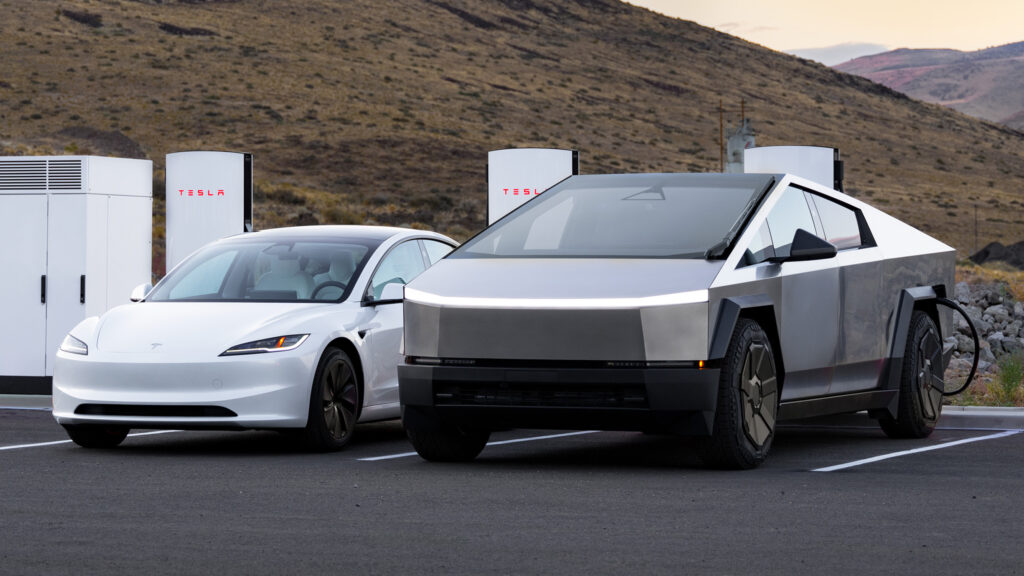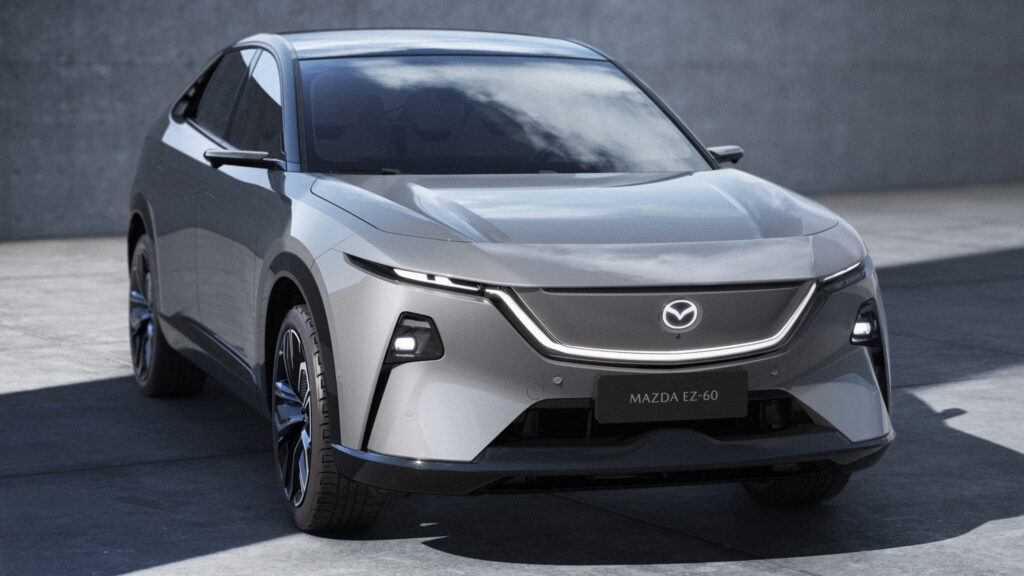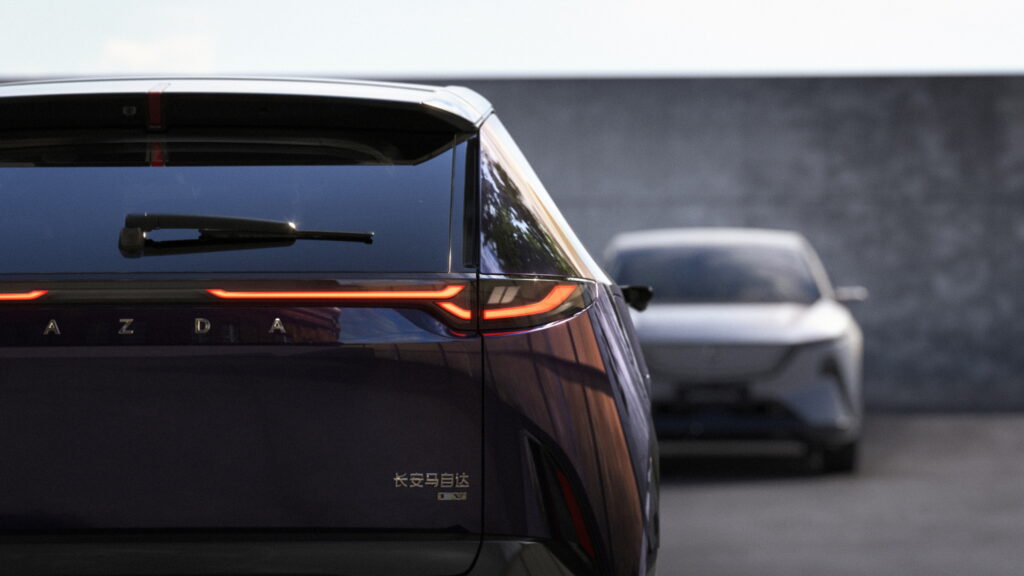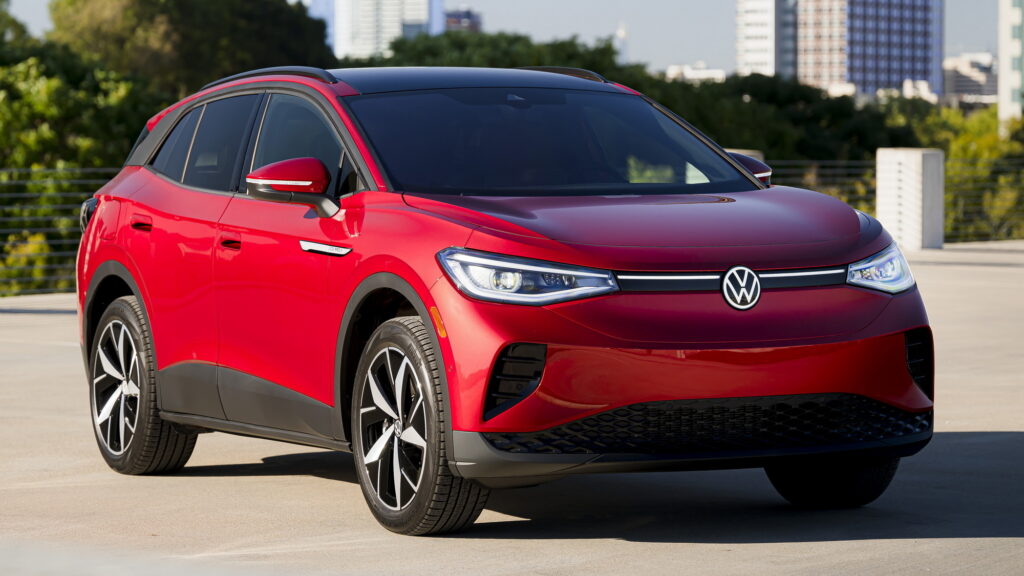Corvette C10 Concept Runs Out Of Gas Yet Fuels Hypercar Hopes

- GM unveiled a new Corvette concept featuring a hypercar stance and EV power.
- The study was created by GM’s Pasadena Advanced Design studio in California.
- It uses a T-shaped prismatic battery pack to improve airflow and enable low seating.
Even with the next-generation C9 Corvette likely deep in development ahead of its rumored 2029 debut, General Motors is already looking beyond. The company just offered a look even further down the line, imagining what a C10 could look like if it were drawn up today.
Their newly opened Advanced Design studio in Pasadena, California, pulled the cover off a striking new Corvette concept, one that leans hard into hypercar territory while rethinking the future of America’s most famous sports car.
Purists might want to look away, since this vision drops the V8 in favor of an all-electric powertrain. That choice appears to contradict recent comments from Corvette’s chief engineer, who suggested the sports car isn’t going fully electric any time soon. Then again, he did describe a fully electric Corvette as still firmly in the realm of “science fiction” which, in fairness, is what this concept is, even if it could loosely influence the eventual design of the real C10.
More: Chevy’s Biggest Surprise Might Wear A Classic Name And Look Nothing Like The Original
This is the second of three Corvette design studies scheduled to be revealed in 2025. It follows an earlier concept from GM’s European design team in the UK. According to GM, this project isn’t tied to production plans. Instead, the intent was to give designers full creative freedom to “reimagine what the Corvette could be.”
While GM stopped short of directly naming it the C10 in their release, the “C10” badge displayed on the front fender leaves little room for interpretation.
More than a Sports Car
Rather than resembling a Porsche 911 rival, the SoCal Corvette appears to have more in common with future hypercars from Koenigsegg or Rimac. It features aggressive mid-engine proportions, with bodywork that functions as part of the car’s aerodynamic system – similar to the Aston Martin Valkyrie.
The bumper intakes have hints of the C8 Corvette, combined with an F1-style carbon fiber front wing and ultra-slim LED headlights. The profile is mostly hollow, directing air to the massive rear diffuser. The rear end includes an active aero spoiler and air brake, design elements more commonly seen on high-performance exotics like Bugatti.
One of the standout features is the removable, front-hinged single-piece canopy. It lifts off to reveal a track-focused two-seat cabin. Inside, the cockpit includes a slim digital instrument cluster, an augmented-reality head-up display, and an additional screen mounted on a yoke-style steering wheel.
Sorry Folks, The Future’s Electric
Underneath, the Corvette concept is based on a carbon fiber tub and envisioned with a fully electric powertrain. GM notes the use of a T-shaped prismatic battery pack, which allows for low seating and improved airflow around and through the chassis. These choices point to performance priorities while also emphasizing aerodynamic efficiency
More: Forget About Supercars, This Corvette Is Coming For Hypercars
Back to the one-off Corvette hypercar, it measures 182.5 inches (4,669mm) long, 86 inches (2,184mm) wide, and only 41.4 inches (1,051 mm) tall, with a wheelbase of 109 inches (2,767mm). Compared to the current C8, it’s slightly longer and wider, with a much lower roofline. Its dramatic stance is accentuated by the futuristic alloy wheels measuring 21 inches at the front and 22 inches at the rear.
Global Vision, SoCal Lens
Brian Smith, design director, GM Advanced Design Pasadena explained the philosophy behind the project:
“Southern California has been at the heart of automotive and design culture for a century, and GM has had a deep design presence here for nearly 40 years. We wanted to ensure that this concept was developed through that SoCal lens, but with a global and futuristic outlook. Duality of purpose is the basis of this concept’s design strategy. The defining design aspect is the single-piece, front-hinged canopy than enables the entire upper shell to be removed, transforming the concept from an agile, slick sports car to a lightweight, open-air track car.”
We’re looking forward to the next Corvette concept that will be the work of a different design team, offering another perspective on the brand’s future. In addition to the Pasadena studio, GM also operates design centers in Detroit, Los Angeles, Leamington (UK), Shanghai, and Seoul, bringing a unique cultural influence to the table.






































